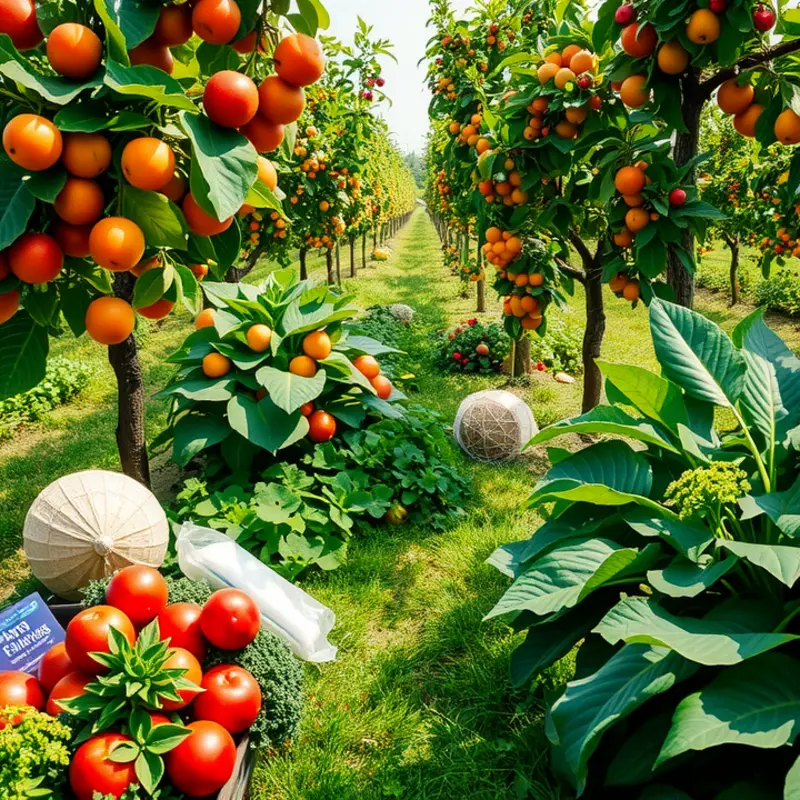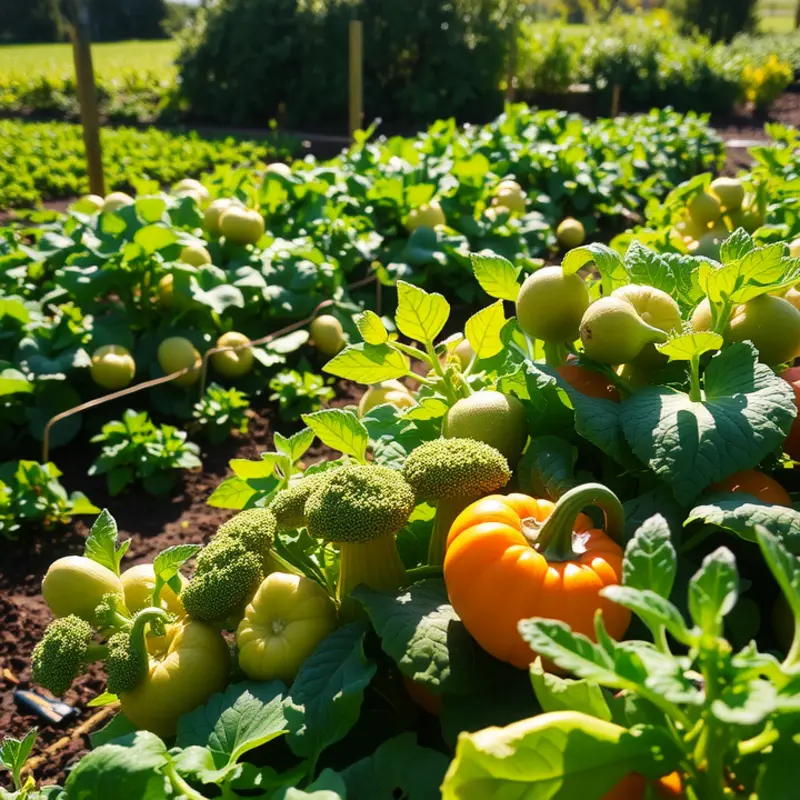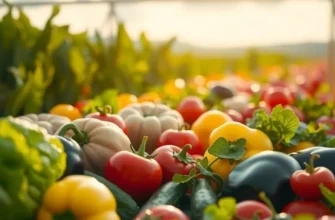Overcooking chicken can turn a supposed culinary delight into a dry and unappetizing mess. Whether you’re a novice or a seasoned cook, understanding how to avoid this common pitfall is crucial for achieving juicy, flavorful chicken. With the right techniques and a few key insights, you can elevate your cooking skills and enjoy perfectly cooked chicken dishes that impress your family and friends. Let’s explore practical tips and techniques to ensure your chicken is tender, juicy, and delicious.
Understanding the Importance of Temperature

Mastering chicken cooking begins with understanding the essential concept of temperature. Correct internal temperatures ensure juicy, flavorful chicken, while improper temperatures can lead to dryness or, worse, foodborne illnesses.
When it comes to chicken, different cuts require specific internal temperatures. For safe consumption, chicken breasts should reach an internal temperature of 165°F (74°C). This temperature is crucial for ensuring that harmful bacteria are killed without overcooking the meat. Chicken thighs, on the other hand, are more forgiving. They benefit from reaching temperatures around 175°F (79°C) or even a bit higher. The extra heat breaks down the connective tissue, rendering it moist and tender.
Understanding the concept of carryover cooking is vital as well. Once the chicken is removed from heat, its temperature can increase by up to 10°F (approximately 5°C) as it rests. For instance, if you remove chicken breasts at 160°F (71°C), they can reach the safe 165°F (74°C) mark due to carryover cooking. This phenomenon is a crucial consideration, particularly for thick cuts that hold more residual heat.
Measuring internal temperature accurately is easy with the right tools. A digital meat thermometer offers precision and speed, allowing for quick readings without guesswork. Insert the thermometer into the thickest part of the chicken, avoiding bone contact, as bones conduct heat and provide an inaccurate reading. Ensure that every kitchen wizard prioritizes this tool to elevate their chicken dishes.
Additionally, don’t underestimate the benefits of a properly calibrated thermometer. Regular checks and calibration guarantee accuracy, which is indispensable when aiming for perfectly cooked chicken. Even slight discrepancies can lead to undesirable results.
An important aspect to remember is that different cooking methods can influence how quickly chicken reaches its ideal temperature. Grilling, roasting, and frying each have their unique heat dynamics and effects on the rate of cooking. Being attuned to these nuances aids in precise temperature control.
A helpful resource to further your culinary precision can be found here, focusing on crucial cooking techniques that complement mastering temperature control.
By grasping these concepts, home cooks will gain the confidence to transform any chicken dish from mundane to exceptional, armed with the knowledge of how to achieve the perfect internal temperature every time. Through these principles, a moist and delectable outcome is all but guaranteed.
Techniques to Ensure Perfectly Cooked Chicken

Mastering the art of cooking chicken involves several diligent techniques designed to prevent overcooking and ensure juicy results. Central to achieving this is understanding the role of marinating and brining. Marinating not only infuses flavor but also tenderizes the meat. Opt for a marinade with acid, such as lemon juice or vinegar, which helps to break down the proteins, and ensure your chicken is soaking for at least 30 minutes to a few hours. Brining, on the other hand, involves a saltwater solution that enhances moisture retention. A typical brine consists of water, salt, sugar, and aromatics. Immerse your chicken overnight in the refrigerator for optimal results.
The selection of cookware can significantly impact the cooking process. Heavy-bottomed pans distribute heat more evenly, reducing the chances of overcooking. Cast iron skillets and stainless steel pans are fantastic options, providing consistent heat and delightful searing without drying out the chicken. Consider using non-stick pans to prevent skin-on pieces from sticking.
Choosing the right cooking method is crucial as well. For instance, pan-searing is ideal for smaller cuts like breasts or thighs. It offers a quick cooking time and a beautiful crust. Roasting is suitable for whole chickens or larger cuts. Roasting at moderate temperatures ensures even cooking, creating a tender and juicy interior with a crispy exterior. Alternatively, poaching is a gentle cooking technique that keeps the meat supple and moist. Use well-seasoned broth or water simmered at low heat for this method.
Timing is everything when it comes to chicken. Invest in a meat thermometer to gauge the internal temperature; chicken is perfectly cooked at 165°F (74°C). This gadget helps avoid the guesswork, which can lead to overcooking.
Equally important is allowing the chicken to rest after cooking. Resting enables the juices to redistribute, making every bite succulent. A rest time of five to ten minutes is often sufficient for individual pieces. During this period, loosely cover the chicken with foil to retain heat without steaming it.
Finally, consider the serving approach. Slicing the chicken against the grain creates shorter fibers that are easier to chew and savor. For added flavor, brush the cooked chicken with a glaze or drizzle it with a complementary sauce defined by easy sauce simmering techniques. This not only enhances taste but also highlights the meticulous care taken in the cooking process.
By incorporating these techniques into your culinary repertoire, your chicken dishes will consistently impress, showcasing both tenderness and dynamic flavor.
Final words
Perfectly cooked chicken is achievable with a bit of knowledge and practice. By understanding ideal cooking temperatures, utilizing effective techniques, and paying attention to cooking methods, home cooks can avoid the common mistake of overcooking chicken. Remember to invest in a reliable meat thermometer, be mindful of resting times, and don’t rush the cooking process. With these tips, you’ll be able to prepare juicy, flavorful chicken dishes that will please any crowd. Embrace your home cooking journey, and enjoy the satisfaction of mastering delicious chicken every time!







